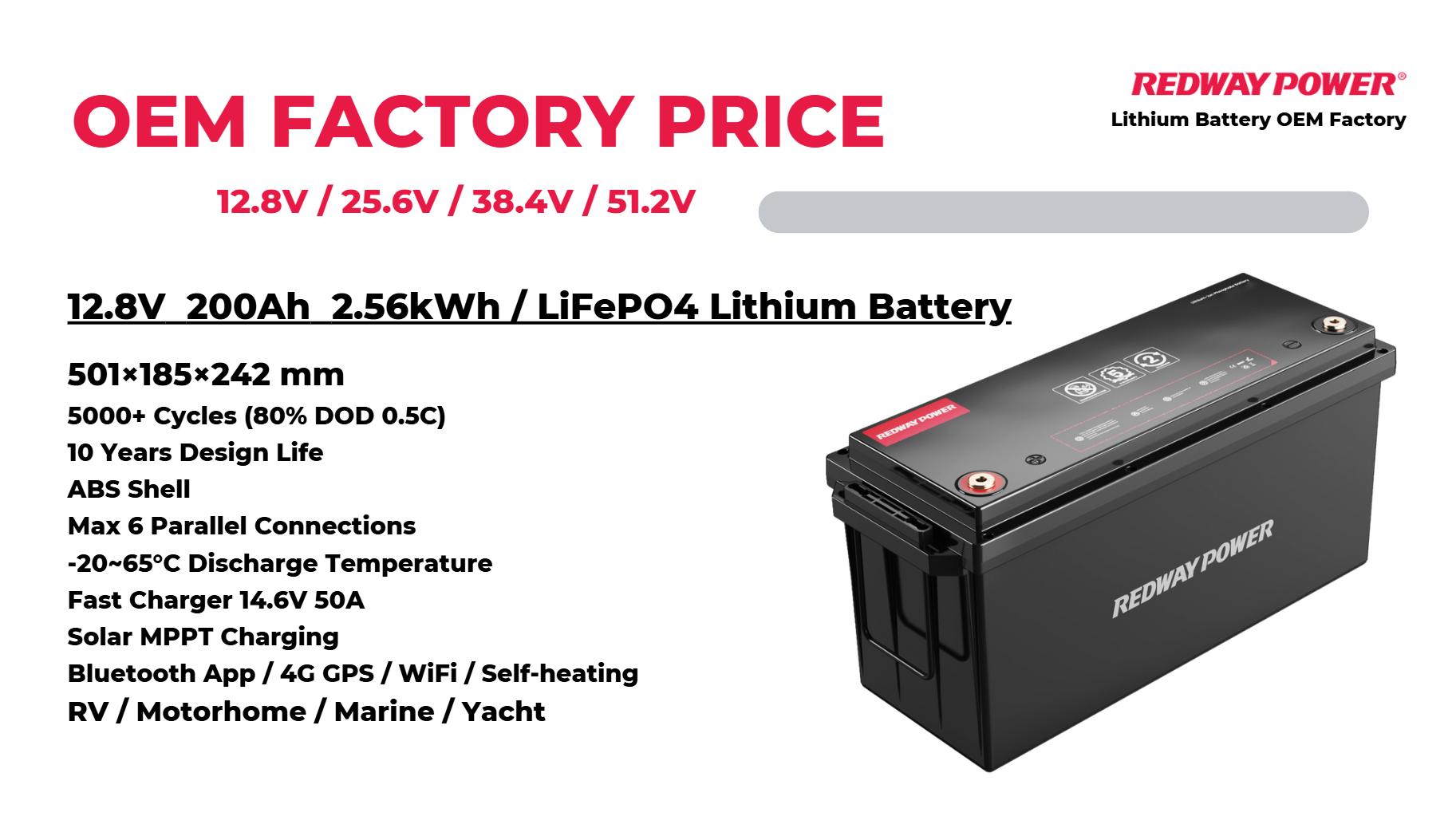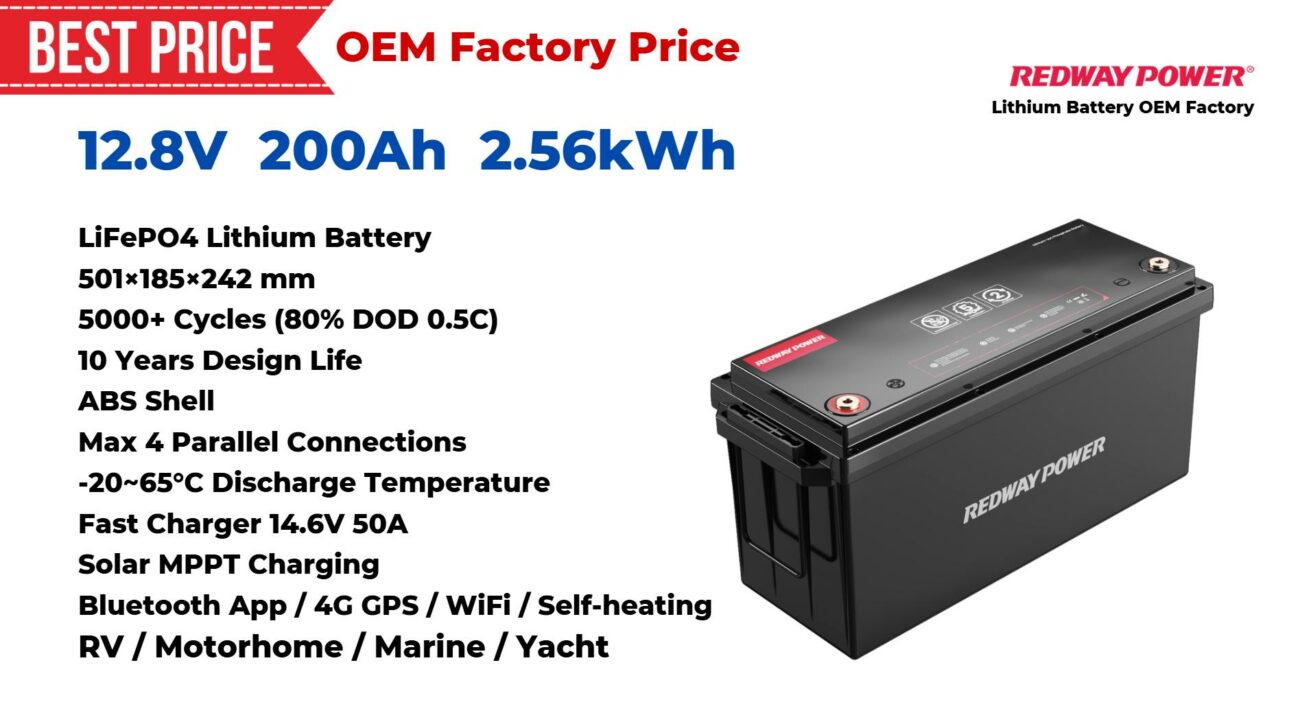Harnessing solar power is an efficient and eco-friendly way to manage energy needs. One common question that arises is how long it takes for a 400W solar panel to charge a 200Ah battery. While ideal conditions suggest a range of 5-8 hours, various factors can influence the actual charging time. This comprehensive guide will explore these factors and provide tips to optimize your solar charging system.
A 400W solar panel can take about 6 hours to charge a fully depleted 200Ah battery under ideal conditions. However, due to efficiency losses and variable sunlight, it may realistically take around 8 to 10 hours to complete the charge.
Understanding Solar Panel and Battery Specifications
Solar Panel Output and Efficiency
A 400W solar panel generates power based on its wattage and sunlight exposure. Under peak sunlight conditions, which are generally about 5 hours per day, a 400W panel can produce up to 2000Wh (watt-hours) of energy. However, efficiency losses due to environmental factors and system components often reduce the actual power output.
Battery Capacity and Charging Requirements
A 200Ah battery stores energy, with its capacity measured in ampere-hours (Ah). To convert this to watt-hours (Wh), multiply the capacity by the battery voltage. For a 12V battery, this equates to:
200Ah×12V=2400Wh
This calculation shows the energy required to fully charge the battery.
Factors Affecting Charging Time
Sunlight Intensity and Duration
The amount of sunlight a solar panel receives directly impacts its output. Locations with longer and more intense sunlight will charge batteries faster. Seasonal variations and weather conditions also play significant roles. On cloudy days, the charging efficiency drops substantially.
Panel Orientation and Angle
Optimal orientation and angling of solar panels ensure maximum sunlight exposure. Panels should face true south in the Northern Hemisphere and true north in the Southern Hemisphere. The tilt angle should match the latitude of the location to maximize sunlight capture throughout the year.
System Efficiency and Losses
Real-world systems experience various inefficiencies:
- Charge Controllers: These regulate the power from the solar panel to the battery, with efficiency rates between 95-98%.
- Wiring Losses: Improperly sized or long wires can cause power loss.
- Temperature Effects: Solar panel efficiency can drop with increasing temperatures.
Battery Charge Acceptance Rate
Batteries have a maximum charge acceptance rate, which can limit the amount of current they can absorb at any time. As batteries approach full charge, their acceptance rate diminishes, slowing the charging process.
Calculating Estimated Charging Time
To estimate the charging time, consider the effective power output of the solar panel and the energy required by the battery. Assume a 20% efficiency loss:
EffectivePower=400W×0.8=320W
Next, determine the energy required to charge the battery:
Energy Required=2400Wh
Finally, estimate the charging time:
ChargingTime=2400Wh/320W=7.5 hours
This theoretical value aligns with the 5-8 hours estimate but can vary based on real-world conditions.
Optimizing Solar Charging Efficiency
Use a High-Quality Solar Charge Controller
A solar charge controller optimizes the power from the panel to the battery. Maximum Power Point Tracking (MPPT) controllers are more efficient than Pulse Width Modulation (PWM) controllers, extracting up to 30% more power.
Regular System Maintenance
Regular inspection and maintenance of solar panels and batteries ensure optimal performance. Clean panels to remove dust and debris, check connections for corrosion, and monitor battery health.
Monitor and Adjust Panel Placement
Seasonal adjustments to the tilt and orientation of solar panels can enhance energy capture. Use solar tracking systems for automatic adjustments to maximize sunlight exposure throughout the day.
Practical Tips for Solar System Users
Ensure Proper Ventilation for Panels and Batteries
High temperatures can reduce the efficiency of solar panels and degrade battery life. Ensure adequate ventilation to mitigate heat buildup, particularly in enclosed installations.
Utilize Battery Management Systems (BMS)
A BMS protects batteries from overcharging, deep discharging, and excessive temperature variations. This extends battery life and ensures safer operation.
Employ Energy-Efficient Practices
Minimize energy consumption during low sunlight periods by using energy-efficient appliances and managing load requirements effectively.
Conclusion
Charging a 200Ah battery with a 400W solar panel is feasible within 5-8 hours under ideal conditions. However, real-world factors such as sunlight availability, panel orientation, and system efficiency can extend this time. By understanding these variables and implementing best practices, users can optimize their solar charging systems for maximum efficiency and reliability. Regular maintenance and strategic adjustments further enhance the performance and longevity of the entire setup, ensuring a consistent and sustainable energy solution.







